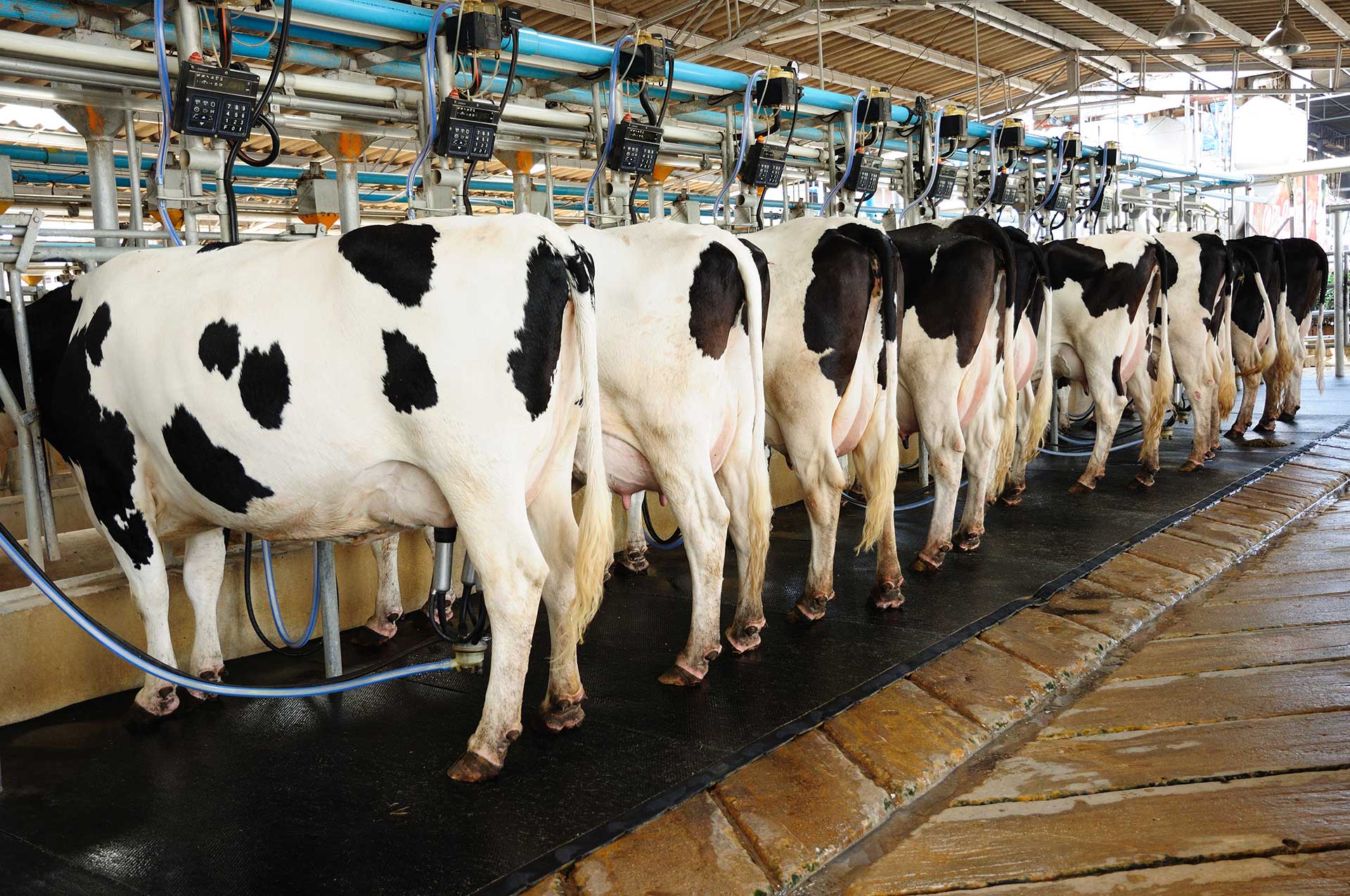Yeast and Mold Testing in Cheese & Yogurt
The presence of yeast and mold can significantly impact the quality, shelf life, and safety of dairy products such as cheese and yogurt. Microbial spoilage can lead to off-flavors, changes in texture, and even health risks if not properly managed. Therefore, implementing effective yeast and mold testing protocols is crucial for ensuring product integrity and consumer safety.
Yeast and mold are often found in dairy environments due to the presence of moisture and organic matter. These microorganisms can thrive under various conditions and may affect cheese and yogurt by altering their sensory attributes or causing spoilage. The testing process involves collecting samples from different stages of production, processing, storage, and distribution.
For accurate yeast and mold identification, it is essential to use appropriate media that supports the growth of these microorganisms. Common media include Sabouraud Dextrose Agar (SDA) for mold and Yeast Extract Peptone Dextrose Agar (YEPD) for yeasts. These media are designed to provide optimal conditions for the isolation and enumeration of specific fungi.
The testing process typically includes several steps:
- Sample Collection: Samples should be collected aseptically from various points in the production line, including raw materials, finished products, and storage areas.
- Preparation: Samples are prepared according to standard protocols, which may involve dilution or homogenization.
- Culture and Incubation: Prepared samples are plated onto appropriate media and incubated under controlled conditions suitable for the target microorganisms (e.g., 25°C for 7 days).
- Identification: Once colonies have formed, they are identified using morphological characteristics, colony color, and biochemical tests.
The results of yeast and mold testing provide critical information to quality managers and compliance officers. Understanding the types and levels of microorganisms present helps in making informed decisions about product quality and potential risks. For R&D engineers, this data can guide process improvements aimed at reducing microbial contamination.
| Sample Type | Testing Method | Incubation Time | Media Used |
|---|---|---|---|
| Cheese Samples | Bacterial and Fungal Enumeration | 72 hours at 30°C for bacteria; 5 days at 25°C for fungi | Sabouraud Dextrose Agar (SDA) |
| Yogurt Samples | Bacterial and Fungal Enumeration | 72 hours at 30°C for bacteria; 5 days at 25°C for fungi | Sabouraud Dextrose Agar (SDA) |
The testing process is governed by international standards such as ISO/IEC 17025, which ensures that laboratories meet the necessary requirements for competence and quality. Compliance officers rely on these test results to ensure adherence to regulations and industry best practices.
Understanding the microbial profile of cheese and yogurt through yeast and mold testing also supports sustainability efforts by optimizing production processes and reducing waste. By identifying and controlling potential sources of contamination, dairy producers can minimize environmental impacts associated with spoilage and reprocessing.
Customer Impact and Satisfaction
The ability to consistently deliver high-quality cheese and yogurt products is a cornerstone of customer satisfaction. Yeast and mold testing plays a pivotal role in maintaining product quality, which directly impacts customer loyalty and trust.
By ensuring that products meet stringent microbial standards, dairy companies can enhance their reputation for reliability and safety. This not only protects the brand but also fosters positive relationships with consumers who value transparency and quality assurance.
For procurement teams, access to detailed test reports provides valuable insights into supplier performance. Suppliers who consistently produce clean samples are more likely to be retained, ensuring a stable supply chain that meets stringent quality criteria.
The results of yeast and mold testing also influence marketing strategies by highlighting the care taken during production processes. Consumers increasingly seek out products from companies committed to sustainability and quality, making such data an important tool for brand differentiation.
Environmental and Sustainability Contributions
The dairy industry plays a significant role in global food production and has both positive and negative environmental impacts. By implementing robust yeast and mold testing protocols, dairy producers can contribute to more sustainable practices that reduce waste and resource use.
Effective microbial control reduces the need for reprocessing and discarding products due to spoilage. This not only conserves resources but also minimizes energy consumption associated with additional production runs. Additionally, by preventing the release of contaminated materials into the environment, dairy companies can contribute to cleaner ecosystems.
The data generated from yeast and mold testing is instrumental in informing process improvements that lead to greater efficiency and resource optimization. For example, identifying specific sources of contamination allows for targeted interventions that reduce overall environmental impact.
Dairy producers who prioritize sustainability are increasingly recognized by consumers as responsible corporate citizens. By demonstrating a commitment to quality through rigorous microbial testing, companies can align their operations with broader societal goals related to environmental stewardship.
Use Cases and Application Examples
| Use Case | Description | Expected Outcomes |
|---|---|---|
| Quality Assurance in Cheese Production | Testing for yeast and mold in raw milk and during the cheese-making process ensures consistent quality. | Consistent product quality, reduced spoilage rates, enhanced consumer satisfaction. |
| Yeast and Mold Control in Yogurt Manufacturing | Monitoring microbial levels throughout yogurt production helps prevent off-flavors and textures. | Better control over fermentation processes, extended shelf life, improved taste consistency. |
In the case of a large-scale dairy producer, yeast and mold testing was instrumental in identifying a new strain of mold that had contaminated several batches of yogurt. By implementing stricter quality checks and process changes, the company was able to eliminate this issue entirely. This not only prevented further contamination but also saved significant costs associated with reprocessing.
A smaller artisanal cheese maker used yeast and mold testing to ensure their products met strict organic standards. The data provided by these tests allowed them to make informed decisions about ingredient sourcing and production methods, ultimately leading to a more consistent product that better aligned with their brand values.





